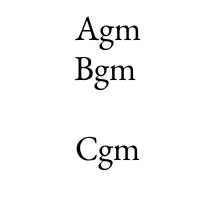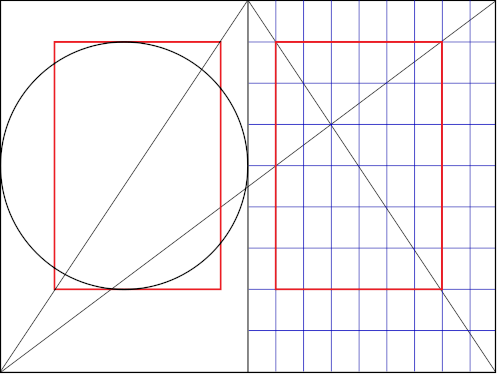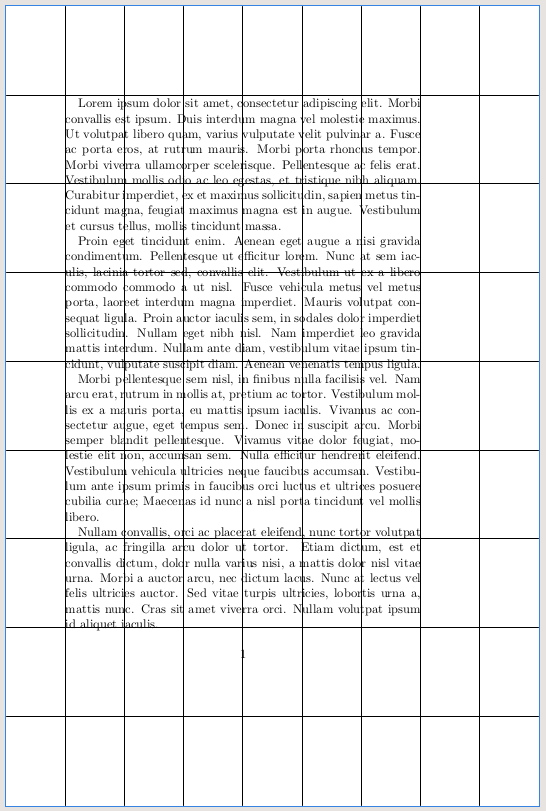People use ed because they want an editor. They don't want an emacsitor or vimitor. Those aren't even words.
A good act does not wash out the bad, nor a bad act the good. Each should have its own reward.
The wave of the reddit protests is over, now lemmy must grow on its own merits rather than being "not reddit".
There's an old saying: "Linux users use Linux because they hate Windows. BSD users use BSD because they love Unix." Obviously this is not true for every individual user, but I think it describes a trend or pattern.
While I do agree that the website is bad, nowadays the main iso includes non-free firmware, and it's the same installer for all DEs.
"Hello, support? How do I get through the Gnomish Mines in Nethack?"
People will say "use this editor" or "use that window manager", but honestly it's just personal preference. There's no award for using ed to edit files, and almost anything you can do with one distro you can do with any other distro. You might get an urge to distrohop and compile the kernel, and that's fine, but imho far more useful is to learn how pipes work and what you can do with regular expressions. A tutorial for bash is always useful.
Being able to run your own instance with any policies you want is a strength of lemmy.
I've started to reconsider how I do things online. For such a long time it's been the norm to expect things for free (gratis), and users became the product. If the choice now is being bombarded with ads or paying for a service, I'd rather pay a reasonable price. If I want online storage to keep my files backed up and available, then a small sum is acceptable to me. The important thing is to choose providers who believe in the open spirit of the internet, using free software, respecting privacy. I've submitted a couple of patches to the operating system I use. Etc. I want the internet to be a cooperative, friendly place.
How do you define "stable"?
Long time ago, I did several villages where I grew up. This was before satellite images covered that area, so I did it the old fashioned way with a GPS, cycling up and down every single street, writing down name and surface in a notebook. Walked around every field, every patch of forest, creek, etc. It took years, but I've literally been everywhere in those villages. It was fun :) When aerial images came I could do private buildings too.





Plan 9. We can still have textual interfaces without emulating the ancient use of teletypewriters.